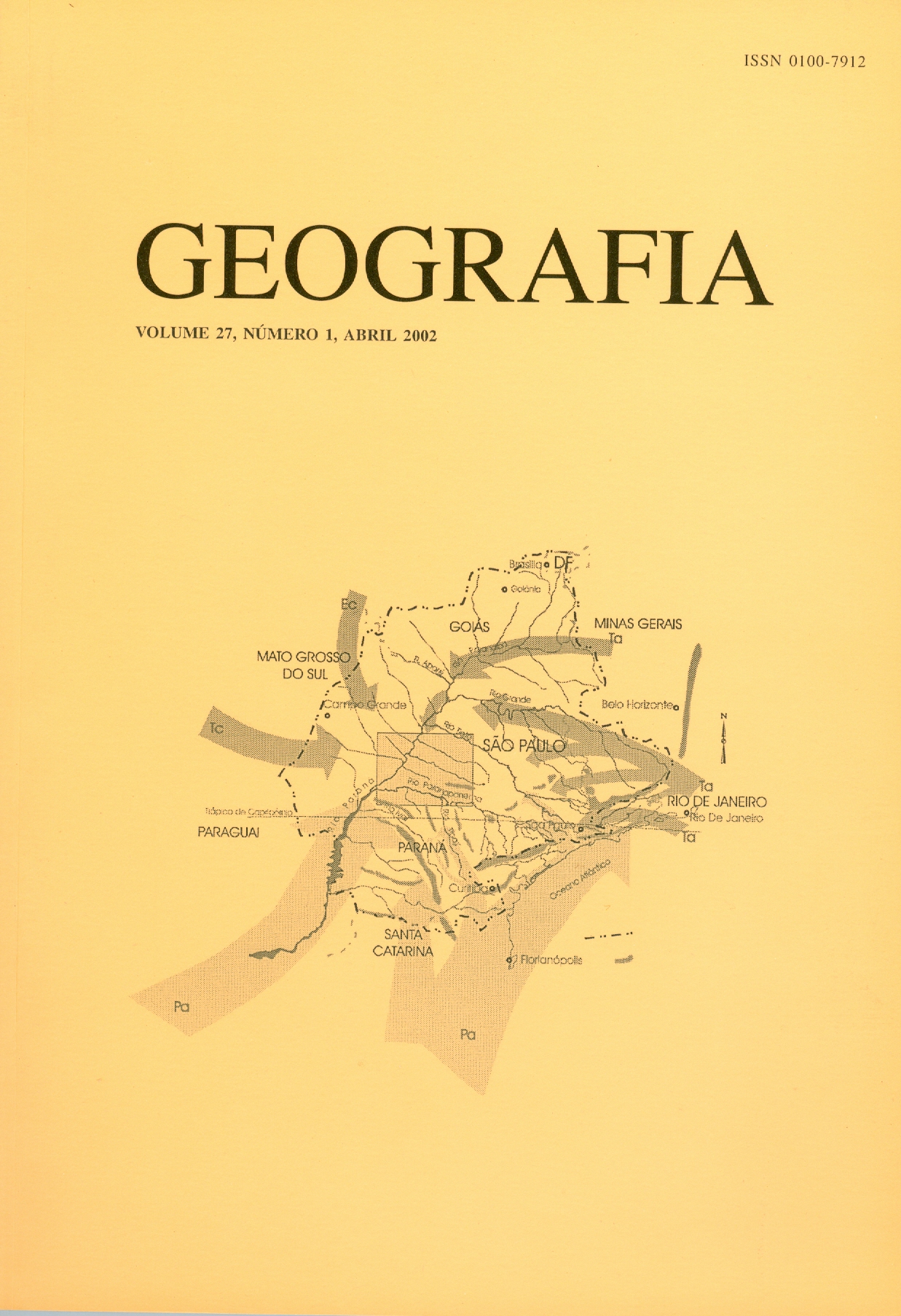NOVAS FORMAS DE COMÉRCIO E CONSUMO: ESTUDO SOBRE AS LOJAS DE CONVENIÊNCIA
Resumo
O presente artigo versa sobre as transformações que o comércio brasileiro passou desde 1950 destacando o papel das novas formas comerciais na reprodução do espaço urbano e a criação de novos padrões de consumo. Dentre as novas formas distinguimos os Supermercados, os Hipermercados, os Shopping Centers, o Sistema de Franquias e as Lojas de Conveniência como estabelecimentos comercias presentes no espaço urbano, criados em tempos distintos com intencionalidades diferentes. As Lojas de Conveniência, objeto de nossa análise, foram introduzidas no Brasil em 1987, e a primeira loja iniciou suas atividades na cidade de São Paulo. De 1987 a 1993, as Lojas de Conveniência eram em número reduzido e se concentravam principalmente nas capitais de Estado. A partir de 1994, as grandes empresas distribuidoras de combustível introduziram suas lojas no sistema de franquias, o que impulsionou a expansão destas por novos mercados. Entre 1994 a 1996, houve a consolidação da idéia de conveniência e comodidade para o consumo. O ano marco de difusão e interiorização das lojas de conveniência é 1997, quando passou a ocorrer a grande expansão para inúmeras regiões do país e principalmente para as cidades com menos de 500 mil habitantes e fora das áreas metropolitanas. Palavras Chaves: Comércio, Consumo, Cidade, Lojas de Conveniência, Estado de São Paulo.Downloads
Publicado
Edição
Seção
Licença
Os autores mantém os direitos autorais e concedem à GEOGRAFIA o direito de primeira publicação, com os artigos simultaneamente licenciados sob a Licença Creative Commons BY 4.0, que permite o compartilhar e adaptar os artigos para qualquer fim, desde que sejam dados os créditos apropriados e as disposições dos direitos de imagem, de privacidade ou direitos morais. Outras atribuições legais podem ser acessadas em: https://creativecommons.org/licenses/by/4.0/legalcode.en.
Geografia, Rio Claro, SP, Brasil - eISSN 1983-8700 está licenciada sob a Licença Creative Commons BY 4.0





